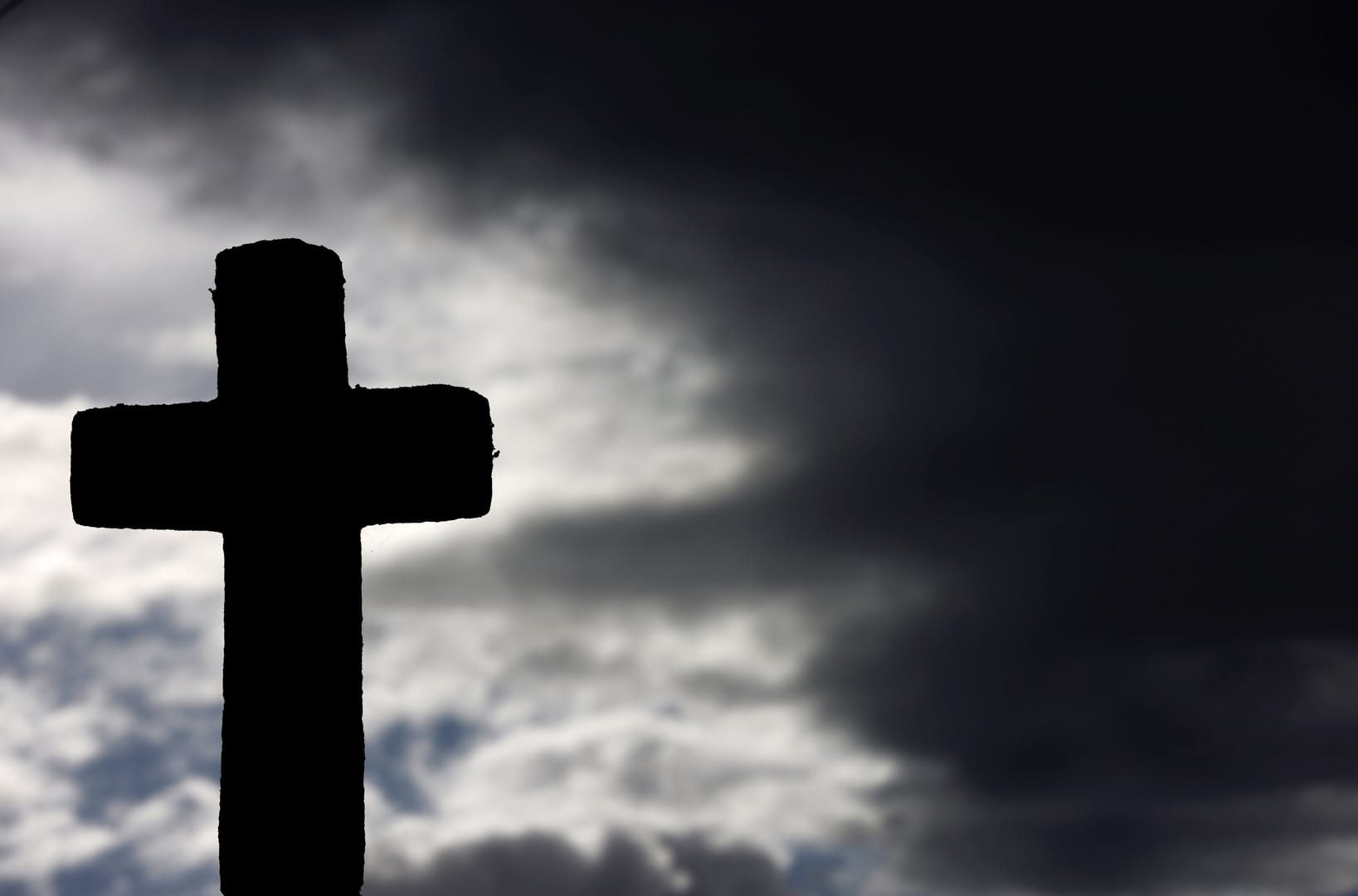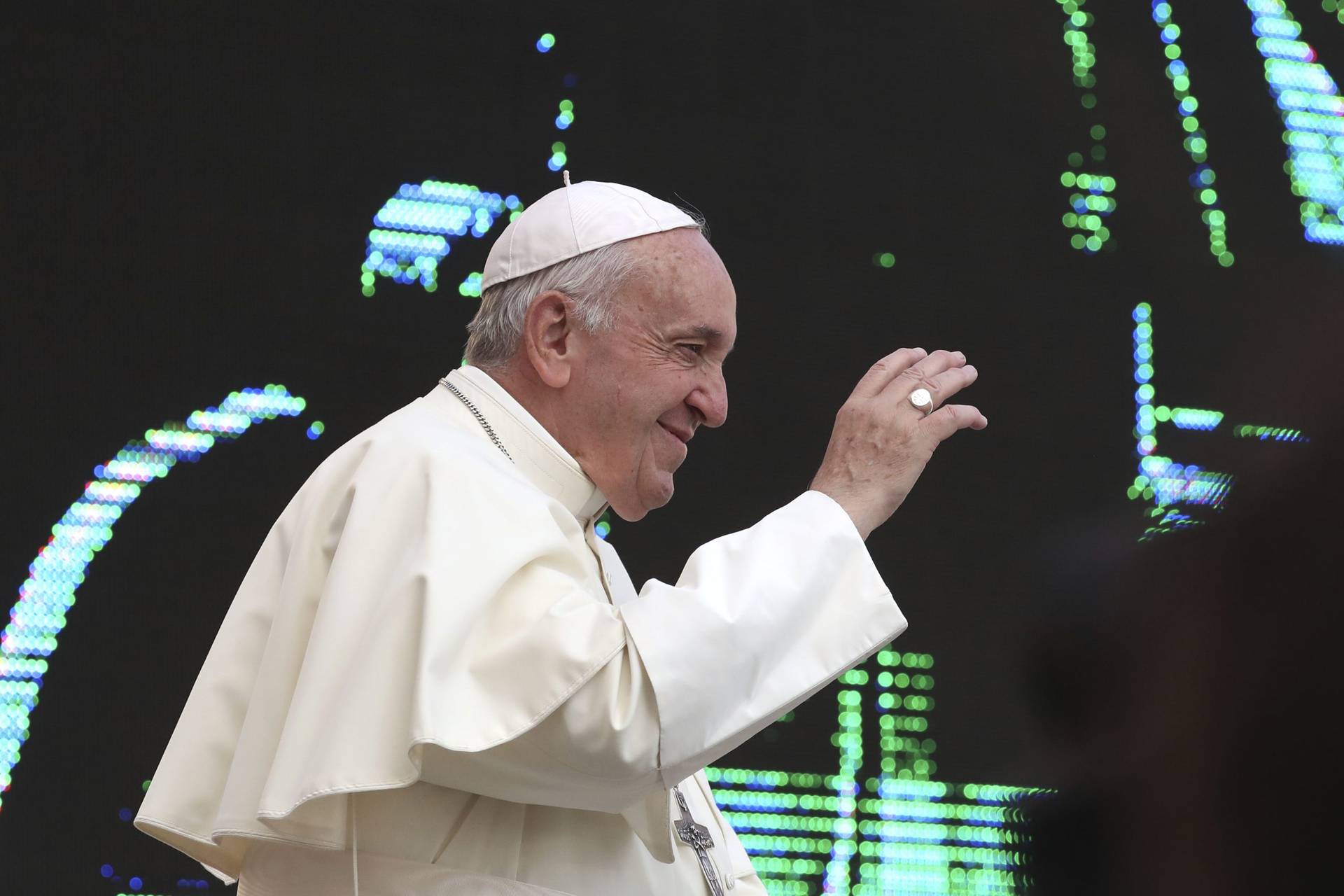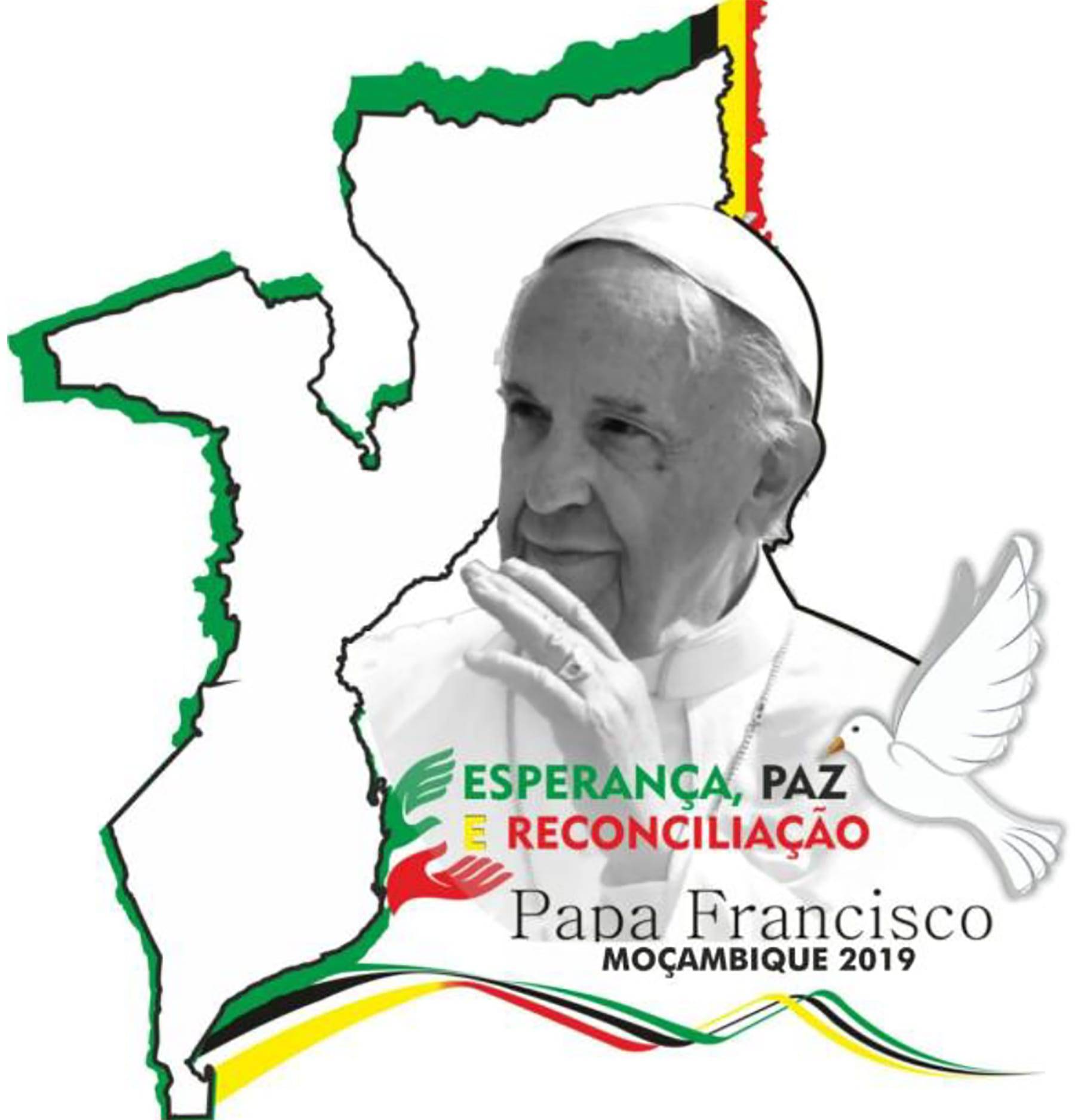HAVANA — Pope Francis arrived here Saturday to a rapturous reception from ordinary Cubans and, drawing on the famous words of one of his predecessors, called on island nation to “open itself to the world” and on the world “to open itself to Cuba.”
Greeting him on the airport tarmac was the country’s communist president Raul Castro, who offered that in Cuba, “we exercise religious freedom as a right consecrated in our constitution.” They were doubtless welcome words for Francis but incongruous for many Cubans, who consider it’s a right more honored in the breach than the observance.
The arrival ceremony marked the beginning of a 10-day odyssey, the longest foreign trip of his papacy to date, featuring three days in this island nation before moving on to Washington, New York, and Philadelphia Sept. 22-27.
It’s the first time Francis has visited either country, and there’s poetic justice in his combining them in one trip since he’s been credited by both sides with helping heal Cold War tensions. On Saturday he hailed that rapprochement, a diplomatic coup, as an “example of reconciliation for the entire world.”
Overall, Francis’ visit seemed to evoke joy among Cuban civilians, who may not practice the faith with great zeal anymore — statistics show weekly Mass attendance in this nominally Catholic nation is in the single digits — but still have great respect for the Church, and appear thrilled to see a fellow Latin American at the top.
Yet despite the enthusiasm, Francis faces skepticism among dissidents and exiles worried he won’t press the Castro regime hard enough on human rights and religious freedom. They certainly won’t approve of the way Francis went out of his way to send greetings to Fidel, for instance, immediately upon his arrival.
Republican presidential contender Marco Rubio, a Cuban American, on Saturday urged Francis to “use his moral authority … to bring us closer to the day when freedom can finally take root on the island country.”
What’s behind such commentary is a sense that past papal outings here — John Paul in 1998 and Benedict XVI in 2012 — have been disappointing, producing terrific photo-ops for the government, but little concrete change on the ground.
The status of religious freedom here remains a mixed picture. It’s not like the early years after the 1959 Socialist revolution, when scores of priests, nuns, and Protestant pastors were either forced to flee or thrown in jail. But there remain real pressures, including surveillance and harassment, workplace discrimination, and raids on unregistered “house churches.”
Just last Sunday, some 50 members of the “Ladies in White” Catholic protest movement were arrested, marking 22 consecutive Sundays that members have been hauled away.
Francis indirectly invoked those tensions on Saturday, saying he hopes the Church will have “the freedom, the means, and the space” in Cuba to pursue its mission.
Berta Soler, head of the Ladies in White, isn’t holding her breath.
“Cuba needs a change, but the pope is not a liberator, nor will he change Cuba,” she said just before Francis arrived.
The Vatican’s approach to Cuba dates to the 1960s, and really hasn’t changed much since. The basic take is that Cuban Communism is less menacing than the Soviet version, and hence the goal should be to engage Cuba rather than confront it.
When John Paul II and Benedict XVI came to Cuba, neither met with any dissidents, and there’s no indication Francis will do so either — though with this notoriously spontaneous pontiff, it’s never wise to go overboard trying to predict what he will or won’t do.
Given that background, Francis becomes simply the latest religious leader to walk a fine line in Cuba — wanting to foster what he called on Saturday “bonds of cooperation and friendship,” but without seeming to blink at the still-oppressive regime.
All this, in turn, is prologue to the even bigger challenges awaiting Francis in the United States.
The pontiff makes his American debut on Tuesday amid high approval ratings and keen media interest, but also ambivalence among some Americans who wonder if his critiques of unfettered capitalism, of what he calls “extreme and selective consumerism,” are to some extent directed at them.
Francis’ itinerary is filled with moments that could stir controversy, including his Sept. 24 address to a joint meeting of Congress and a canonization Mass he’s slated to lead the day before for Junípero Serra, an 18th-century Spanish missionary whose record in dealing with Native Americans has led some to praise him and others to vilify him as a sorry choice for the first person ever canonized on American soil.
Despite those potential land mines, Francis sent a telegram to President Barack Obama as his plane crossed American airspace on Saturday saying he’s looking forward to the visit “with joy.”
If nothing else, Francis can take comfort that he’s already avoided one unfortunate happenstance that marred John Paul’s Cuba trip in January 1998.
Back then, American media outlets were set for saturation coverage and flew their A-list talent to Havana. Just before the pontiff touched down, however, those star correspondents all turned around and flew back to Washington, consigning the pope to relative obscurity.
The reason? The Monica Lewinsky scandal had broken out, and it wasn’t hard to discern which was the bigger story.
So far Francis has no such competing frenzy to steal his thunder, so the stage belongs to him alone. All that remains to be seen is what he’ll do with it.
* * * * *
Francis is coming to America, but for him, it’s not just about Americans
Earlier this month, Pope Francis welcomed French Bishop Jacques Gaillot to his Vatican residence. The meeting was remarkable in itself, given that Gaillot had been removed as the leader of the Évreux diocese by Pope John Paul II in 1995 over his blessing of gay unions, his support for euthanasia, and his opposition to clerical celibacy.
Now 80, Gaillot pronounced himself “in love” with Francis after their 45-minute talk, in which he said the pontiff encouraged him to continue his activism on behalf of migrants and refugees.
With regard to Francis’ trip to the United States this week, the most interesting element of the Sept. 1 tête-à-tête came when Gaillot asked if the pope is planning to visit France. According to the French prelate, the reply was “not anytime soon.”
Francis told Gaillot he prefers to go to “small countries that are having difficulties,” saying he’s currently thinking about another trip to the Balkans after having visited Sarajevo for a day in June.
His answer raises an obvious question: If the pope wants smaller, more neglected venues — and looking at where he’s actually gone since he became pope in 2013, such as Sri Lanka and Albania, it certainly seems so — then what’s he doing in the United States?
For Americans, the logic for Francis’ Sept. 22-27 swing through Washington, New York, and Philadelphia may seem intuitively obvious. We assume every world leader wants to play on the American stage, because this is where the action is.
That, however, is not how Francis sees things.
In a candid moment, he’d probably say this isn’t even the most important trip he’ll take this year. Francis likely saw his stop in January on the Filipino island of Tacloban to comfort survivors of a super-typhoon, and now sees his impending visit to the war-torn Central African Republic in November, as bigger priorities.
As a result, it’s probably hard for most Americans to grasp just how far this trip takes Francis outside his comfort zone, and how unlikely it was for him to agree to it. Looking at how the trip evolved, it seems there are two cornerstone events which, for Francis, sealed the deal.
In order of priority, the first is the World Meeting of Families in Philadelphia, where the term “world” is the key. It’s an event not just for Americans, but also for delegates from more than 100 nations, including Vietnam, the Dominican Republic, Nigeria, Colombia, the Democratic Republic of the Congo, Ecuador, Haiti, Kenya, Mexico, Mozambique, and Pakistan.
When Francis first revealed his intention to visit the States in November 2014, it was during a colloquium held at the Vatican. The announcement was phrased as a decision to attend the World Meeting of Families, with everything else coming later.
Over the first 2 1/2 years of his papacy, Francis has invested an enormous amount of time and treasure on the theme of the family. He’s called two synods of bishops on the subject, he’s devoted a series of the General Audiences to reflections on the family, and just this week his council of cardinal advisors proposed creating a brand-new Vatican congregation dedicated to laity, the family, and life.
Francis clearly believes that family life is the cornerstone of a healthy society, and that today, families face threats from a variety of forces — some economic and political, some cultural and moral. He’s said time and again that he wants to mobilize the Catholic Church to come to the aid of families trying to make it work.
The second cornerstone moment for the pontiff will come on Friday when he addresses the United Nations in New York.
Aside from the fact that Francis is generally a believer in multilateralism and thus is a United Nations booster, he’s got a specific reason for wanting its attention right now: The looming United Nations Climate Change Conference, called “Cop21” for short, to be held in Paris from Nov. 30 to Dec. 11.
Francis said time and again that he wanted his encyclical letter on the environment, “Laudato Si’”, to come out over the summer precisely so that it could have an impact on the Paris summit, prompting the nations of the world to take what Francis describes as “more courageous” choices to fight global warming and the impact of climate change.
Just this week, Francis brought up the Cop21 meeting again, in a session with environmental ministers from European Union nations.
“Dear ministers, Cop21 is coming up fast, and there’s still much to do in order to reach an outcome capable of responding positively to the numerous recommendations that have been offered as contributions to this important process,” Francis said.
“I encourage you vividly to intensify your work, together with your colleagues, so that Paris will arrive at the desired result,” he said.
To be clear, this is not usual papal rhetoric.
When popes issue teaching documents, they don’t generally tie success to the outcome of a specific political summit, because that’s setting things up for failure if the politicians balk. Francis, however, obviously believes something sufficiently important is at stake that he’s willing to put all his eggs into this one basket.
In that context, the pope undoubtedly felt he couldn’t miss an opportunity to address the United Nations just two months ahead of Cop21.
And so the best way to understand Francis’s motives in coming to America is not that America is big and powerful and thus an obvious priority, but because he is attending these two global events — the World Meeting of Families and the UN General Assembly.
It just so happens both are in the States, but if they’d been in Botswana or Bangladesh, Francis probably would have been even more delighted to go there.
Everything else on the pontiff’s itinerary, including his Mass at Madison Square Garden, the canonization of Junipero Serra, even the address to a joint meeting of Congress, was added after the basic decision to attend these two events had been made.
For Americans accustomed to being the center of everyone’s attention, it may be a sobering thought that the only way to get Francis to come was to convince him that he wouldn’t just be hanging out with us.
For this “pope of the periphery,” however, that’s probably the only way it was ever going to work.














